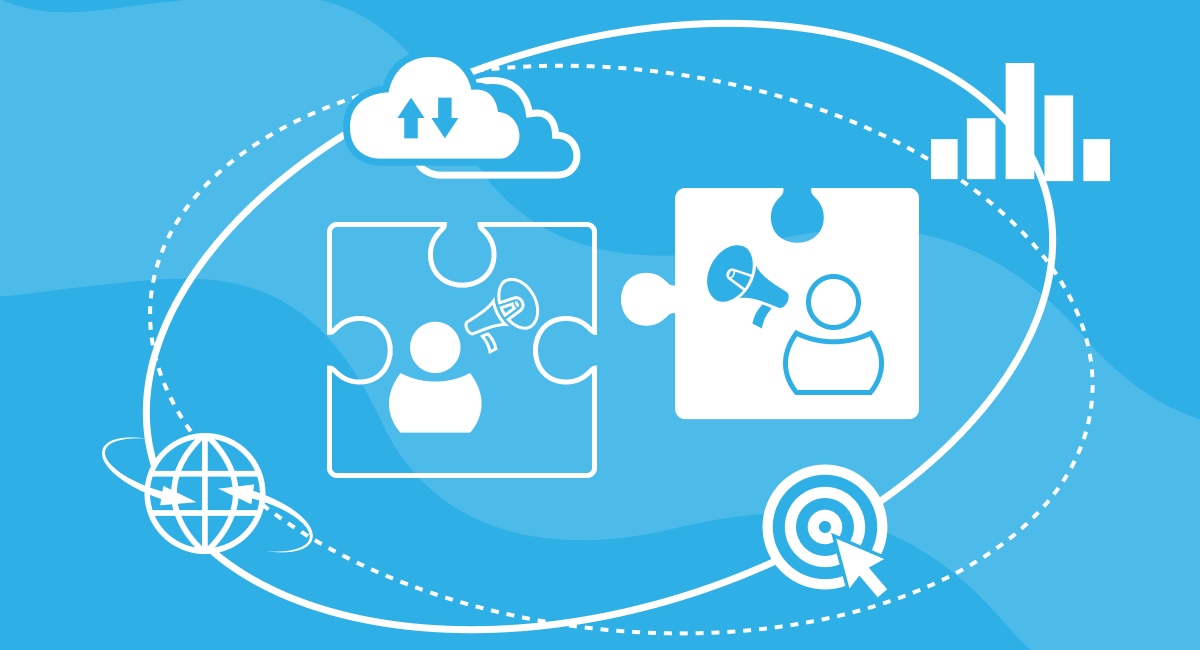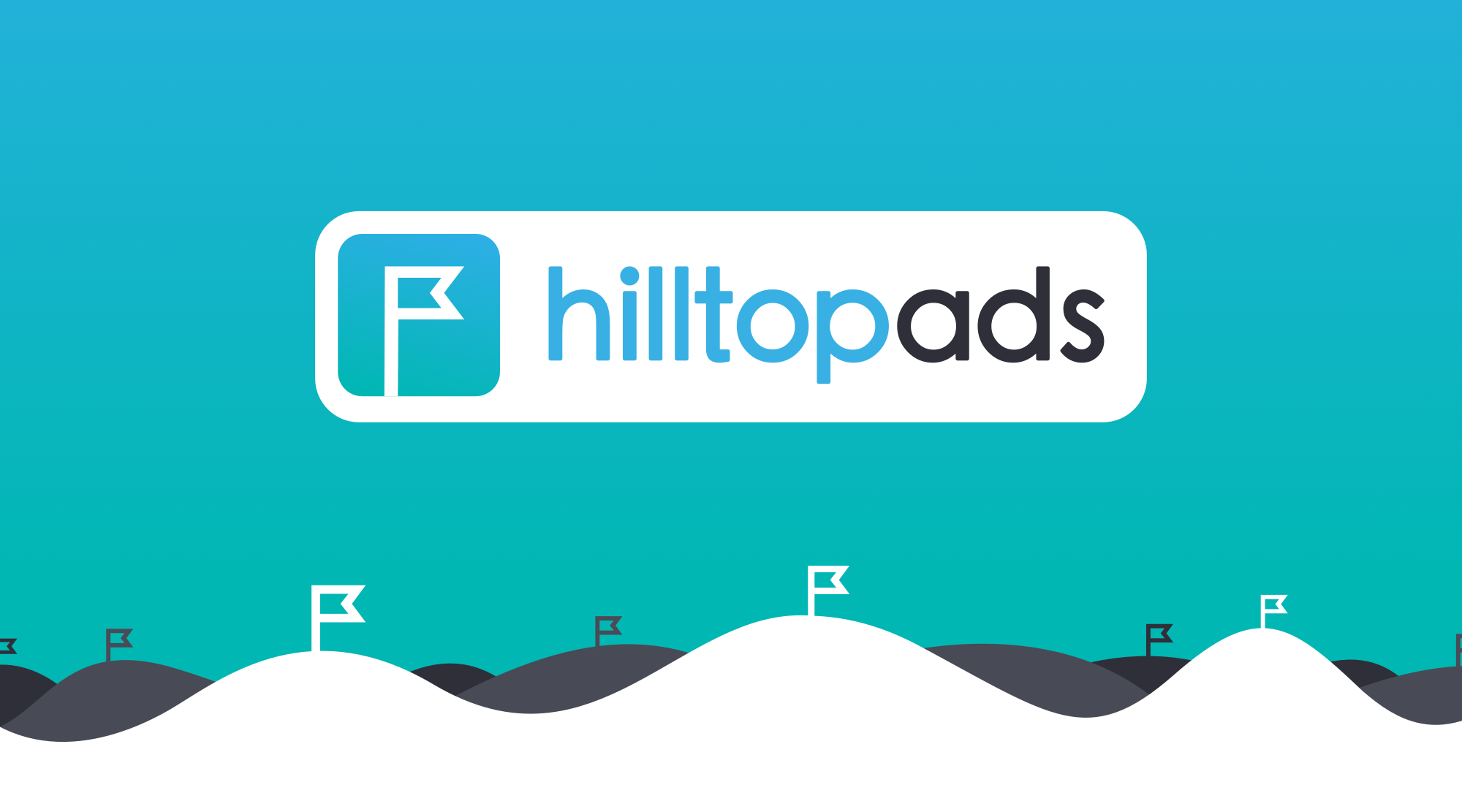The Ultimate Matchmaker: How ad exchanges connect publishers and advertisers for digital advertising success

What is an ad exchange? They provide a platform that allows publishers to monetize their ad inventory and advertisers to reach their target audience with relevant ads. In this article, we will delve deeper into the importance of ads exchange and how they can benefit both publishers and advertisers.
How do ad exchanges work?
The rise of programmatic advertising has been a major driver of the growth of ads global exchange. Programmatic advertising uses algorithms and machine learning to automate the buying and selling of ad inventory. This automation allows advertisers to target specific audiences and demographics in real-time, based on factors such as interests, location, and device. Ads exchange provides a marketplace where publishers can offer their ad inventory to advertisers, who can bid on it in real-time. This real-time bidding system ensures that the highest bidder gets the ad placement, allowing advertisers to maximize their reach and publishers to earn higher revenue.
Ad exchanges also provide publishers with access to a vast pool of potential advertisers. This increased demand for ad inventory can lead to higher ad prices and, in turn, higher revenue for publishers. Advertising exchange allows publishers to have greater control over the ads that are displayed on their website, ensuring that the ads are relevant and appropriate for their audience. Publishers can also set rules and restrictions on the types of ads that are displayed, such as blocking ads that promote gambling or adult content.
For advertisers, exchanges offer access to a wide range of ad inventory across different publishers and ad networks. Advertisers can reach their target audience with precision, using programmatic advertising to deliver personalized ads to users based on their browsing history, search queries, and social media activity. Advertisers can use real-time bidding to adjust their bids and targeting strategies in real-time, based on performance data such as click-through rates and conversion rates.
What are the advantages of ad exchanges?
One of the major advantages of exchange platforms is the use of data to target audiences. They use data to identify and target specific audiences, allowing advertisers to deliver ads that are more relevant and engaging. This data can include demographic information such as age, gender, and location, as well as behavioral data such as browsing history, search queries, and social media activity. Advertisers can use this data to create highly targeted ad campaigns that are more likely to be successful in engaging users and driving conversions.
Another important benefit of this one is the ability to measure and analyze ad performance in real-time. Advertising exchanges provide advertisers with real-time data on ad performance, such as click-through rates, conversion rates, and cost per acquisition. This data allows advertisers to optimize their ad campaigns, adjust their targeting and bidding strategies, and ultimately achieve a higher ROI on their ad spend. Advertisers can track and measure their ads across different devices and channels, providing a complete view of their advertising performance.
Ad exchanges also offer advertisers greater control over their advertising campaigns. Advertisers can set their own bids and targeting criteria, allowing them to tailor their campaigns to specific goals and objectives. Advertisers can also adjust their campaigns in real-time, based on performance data and changes in the market. This level of control allows advertisers to optimize their campaigns and achieve the best possible results.
Also they provide transparency for both publishers and advertisers - detailed reporting on ad performance, including information on ad placement, audience targeting, and bidding strategies. This transparency helps both publishers and advertisers to make informed decisions about their advertising campaigns. Publishers can use this data to optimize their ad inventory and pricing strategies, while advertisers can use the data to adjust their ad campaigns and improve their targeting and bidding strategies.
Examples
There are many exchange platforms operating in the digital advertising industry, and each has its own unique features and capabilities. Here are some ad exchange examples of popular ones:
- Google AdX is one of the largest and most well-known in the industry.
- OpenX is an independent exchange platform.
- Rubicon Project is a leading independent exchange that connects publishers with a range of premium advertisers.
- AppNexus is an ads global exchange that specializes in programmatic advertising.
- Index Exchange is an independent advertising exchange that connects publishers with a range of premium advertisers.
Ad network or ad exchange?
While both are important players in the advertising ecosystem, they serve different functions. Let's explore the differences of ad network vs ad exchange, and the benefits they offer to publishers and advertisers.
What is an ad network?
An ad network is a company that connects advertisers with publishers by serving as an intermediary between them. Ad networks typically offer a large pool of ad inventory across a range of websites, allowing advertisers to reach a wider audience than they would be able to on a single website. Ad networks provide a one-stop-shop for advertisers looking to reach a specific audience, offering a range of targeting options such as demographic, behavioral, and contextual targeting.
Ad networks operate on a cost-per-impression (CPM) or cost-per-click (CPC) basis, meaning that advertisers pay for the number of impressions or clicks their ads receive. Ad networks typically take a percentage of the revenue generated by the ads they serve, with the remaining amount going to the publisher.

One of the key benefits of ad networks is the ease of use. Ad networks provide a simple and straightforward way for advertisers to reach a large audience without having to negotiate with individual publishers. Ad networks also provide publishers with access to a large pool of potential advertisers, allowing them to monetize their ad inventory more efficiently.
What about ad exchanges?
Ads exchange, on the other hand, are platforms that facilitate the buying and selling of ad inventory in real-time through a bidding system. They connect publishers with multiple ad networks and advertisers, allowing publishers to maximize their ad revenue by selling their inventory to the highest bidder.
They operate on a real-time bidding (RTB) system, which allows advertisers to bid on ad inventory in real-time based on various targeting parameters. They use algorithms and data to match ad inventory with the most relevant advertisers and ensure that publishers receive the highest possible revenue for their inventory.
The platforms provide publishers with greater control over their ad inventory, allowing them to set rules and restrictions on the types of ads that are displayed on their website. This ensures that the ads are relevant and appropriate for their audience, while also providing advertisers with a more targeted audience.
Another key benefit is the use of data to target audiences. The use of data to identify and target specific audiences, allowing advertisers to deliver ads that are more relevant and engaging. This data can include demographic information such as age, gender, and location, as well as behavioral data such as browsing history, search queries, and social media activity.
Which is Better?
While both have their advantages, the choice between the two ultimately depends on the specific needs of the advertiser or publisher. Ad networks are best suited for advertisers who want to reach a wide audience with a simple and straightforward solution, while exchanging ads may fit those publishers who want more control over their ad inventory and advertisers who want to target specific audiences with precision.
Actually, there is no need to choose sometimes, as HilltopAds may be also considered as an ad exchange platform that connects publishers with a range of advertisers, allowing publishers to maximize their ad revenue.
HilltopAds offers a range of ad formats, including display, native, pop-under, and push notifications, as well as a range of targeting options such as geographic, device, and browser targeting. It also uses real-time bidding (RTB) technology to ensure that publishers receive the highest possible revenue for their ad inventory. It is a user-friendly platform for publishers to monetize their ad inventory and for advertisers to reach a targeted audience.

In conclusion, advertising exchanges have emerged as a critical component of the digital advertising ecosystem, providing publishers and advertisers with a range of benefits. They allow publishers to monetize their ad inventory and reach a wider audience, while advertisers can access a large pool of ad inventory and target their ads with precision. Also they provide the use of data and real-time bidding to make advertising more efficient and effective, and allow for greater control and transparency over advertising campaigns. With the growth of programmatic advertising and the increasing demand for targeted and personalized ads, ads exchange is set to continue to play a crucial role in the digital advertising industry.



